Gardener has got no leave.
Because, gardening is no work, it’s passion.
Even when most plants are preparing for winter by going dormant. You can still plan second gardening season if you’re smart.
There are bunch of flowers, vegetables and herbs that thrive in cool weather.
Low-temperature in the fall makes working outdoors more pleasant, while the season’s unique colors and textures give your garden a warm, inviting glow.
Whether you’re planting, decorating, or simply preparing for next year, fall gardening can keep your landscape lively and productive.
What to Remember While Planning a Fall Garden?
Before diving into specific ideas, here are a few important tips to keep in mind when planning your fall garden:
- Know your frost date: Every region has its own first frost date—plan plantings around it for the best results.
- Choose cold-hardy varieties: Some vegetables and flowers thrive even as temperatures dip.
- Layer colors and textures: Fall is all about richness—think foliage, ornamental grasses, and late bloomers.
- Add warmth and comfort: Outdoor spaces feel more inviting with lighting, cozy seating, and fall décor.
- Think ahead: Fall prep (like mulching and composting) sets your garden up for spring success.
27 Fall Garden Ideas
1. Plant Cool-Season Vegetables
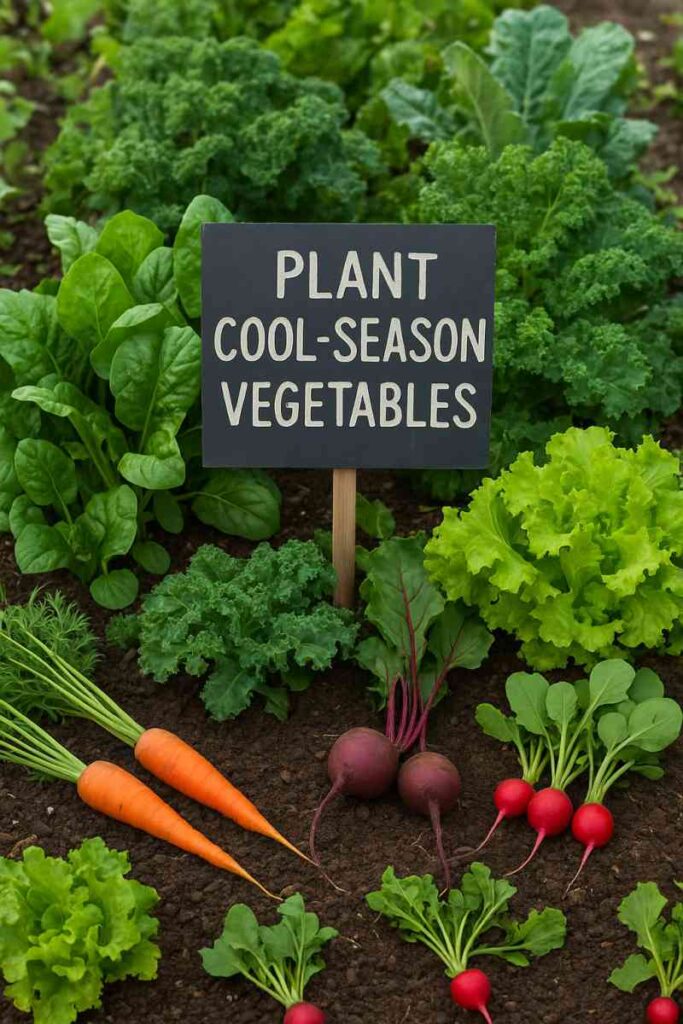
Cool-season vegetables are the backbone of a productive fall garden. Unlike summer crops that struggle in heat, leafy greens like spinach, kale, and lettuce thrive in cooler conditions. Their growth slows slightly, but the flavor improves—greens often become more tender and sweet after a light frost.
Root vegetables like carrots, beets, and turnips thrive in fall, becoming sweeter after frost. Stagger plantings every two weeks for continuous harvests, and pair quick radishes with slower crops for variety.
2. Add Ornamental Kale and Cabbage

Ornamental kale and cabbage bring bold, lasting color to the fall garden with their rosette-shaped leaves in shades of purple, white, and green. Unlike summer flowers, they thrive as temperatures drop, often looking more vibrant after frost. Their sculptural forms add drama to beds, borders, and containers.
These hardy plants shine when grouped together or paired with mums and pansies for layered displays. Best of all, they remain attractive well into winter, even after light snow, offering long-lasting beauty with very little maintenance.
3. Create a Chrysanthemum Display

No plant says “fall” quite like chrysanthemums. Available in warm hues of gold, bronze, burgundy, and rust, mums bring instant seasonal cheer to gardens. They’re easy to grow in beds, containers, or even window boxes, making them versatile additions for any space.
Mums shine brightest when planted in groups. Lining a walkway with pots creates a warm, welcoming entrance, while massing them in beds delivers bold blocks of color. For a softer, natural look, mix mums with ornamental grasses and asters to mimic a meadow-like display.
To extend their beauty, keep mums well-watered and remove spent blooms regularly. With just a little care, these fall favorites will reward you with vibrant color that lasts for weeks, brightening the garden well into late autumn.
4. Grow Garlic for Next Year

Planting garlic in fall is one of the simplest and most rewarding gardening tasks. All it takes is a few cloves, planted pointy-side up, in well-drained soil about 2 inches deep. Once covered with mulch, they settle in for winter, quietly establishing roots while the garden rests.
Garlic thrives when planted in fall, using the cold dormancy to establish strong roots. By spring, shoots appear, and by early summer, you’ll harvest full, flavorful bulbs. Once cured, they store for months, making fall planting a simple investment with big culinary rewards.
5. Plant Spring-Flowering Bulbs

Fall is the perfect time to plant bulbs like tulips, daffodils, hyacinths, and crocuses. These favorites need a cold period to root and prepare for spring blooms. Planting now guarantees a burst of color just as winter fades, filling your garden with early cheer.
Get creative with placement—scatter bulbs for a naturalized look, line walkways for structure, or layer varieties at different depths for a succession of blooms. Mark your planting spots so they’re not forgotten, and by spring you’ll enjoy a vibrant display that rewards your fall effort.
6. Add Pansies and Violas

Few flowers rival pansies and violas for fall resilience. Their cheerful blooms, often marked with unique “faces,” come in endless colors that brighten beds, borders, and containers even as the weather cools. They tolerate light frosts, bounce back after chilly nights, and in some regions, even overwinter to bloom again in spring.
Pairing them with mums, ornamental kale, and cabbage creates a vibrant, textured display that thrives through the season. With minimal care, pansies and violas deliver lasting color and charm, making them a reliable favorite for any fall garden.
7. Refresh Garden Beds with Mulch
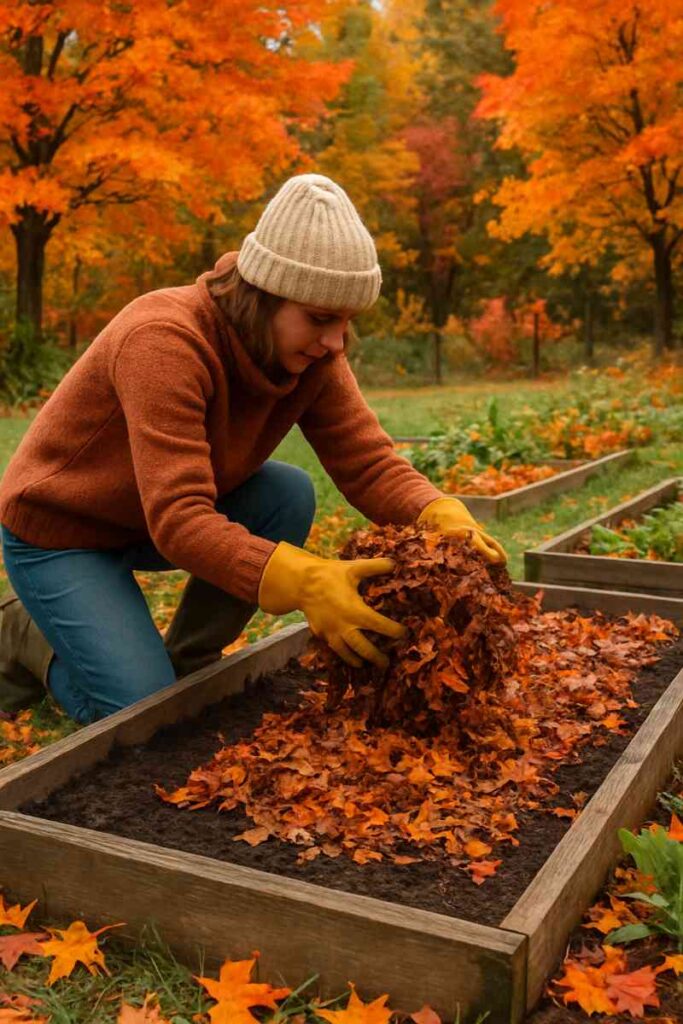
Adding a fresh layer of mulch in fall not only makes beds look neat but also protects plants. It insulates roots against temperature swings, conserves moisture, and suppresses weeds that might sprout in cooler weather. Organic options like shredded leaves, bark, or straw also enrich soil as they break down.
Mulching is especially helpful for perennials through winter. By stabilizing soil temperatures, it reduces freeze-thaw stress that can push plants out of the ground. A well-mulched garden looks tidy now while setting the stage for healthier growth and easier planting in spring.
8. Grow Cover Crops

Cover crops like clover, rye, and vetch protect your soil once the main growing season ends. They help prevent erosion, suppress weeds, and add organic matter back into the ground, keeping your garden’s foundation strong over winter.
In spring, you can till or cut them back into the soil, enriching it naturally with nutrients. This simple step improves soil fertility, structure, and moisture retention, setting up your garden for healthier growth next season.
9. Incorporate Ornamental Grasses
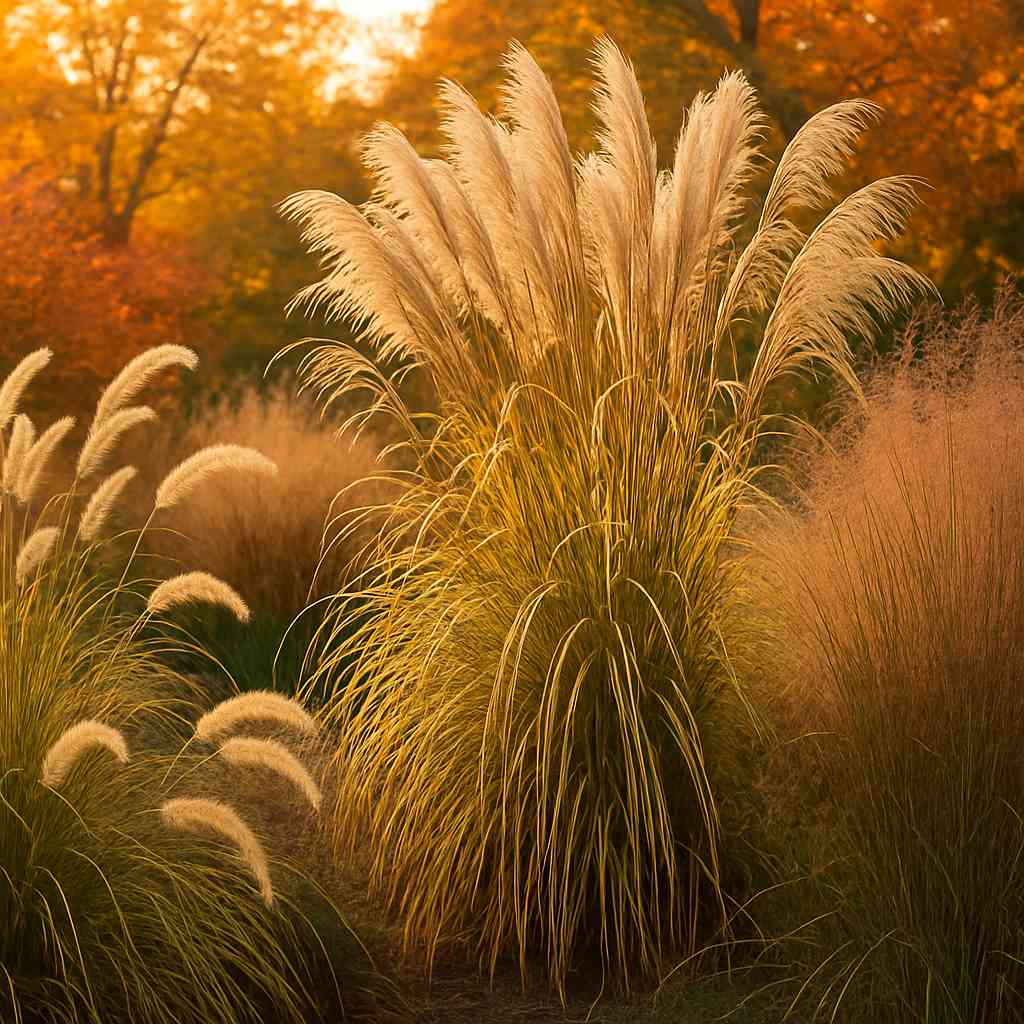
Ornamental grasses such as fountain grass, miscanthus, and switchgrass shine in the fall garden. Their tall plumes catch the golden autumn light and sway beautifully in the breeze, adding movement and texture to beds and borders.
Even after frost, these grasses remain attractive, their dried seed heads offering winter interest. Pairing them with mums or asters creates stunning layered displays that keep your garden lively well into the colder months.
10. Add Pumpkins and Gourds
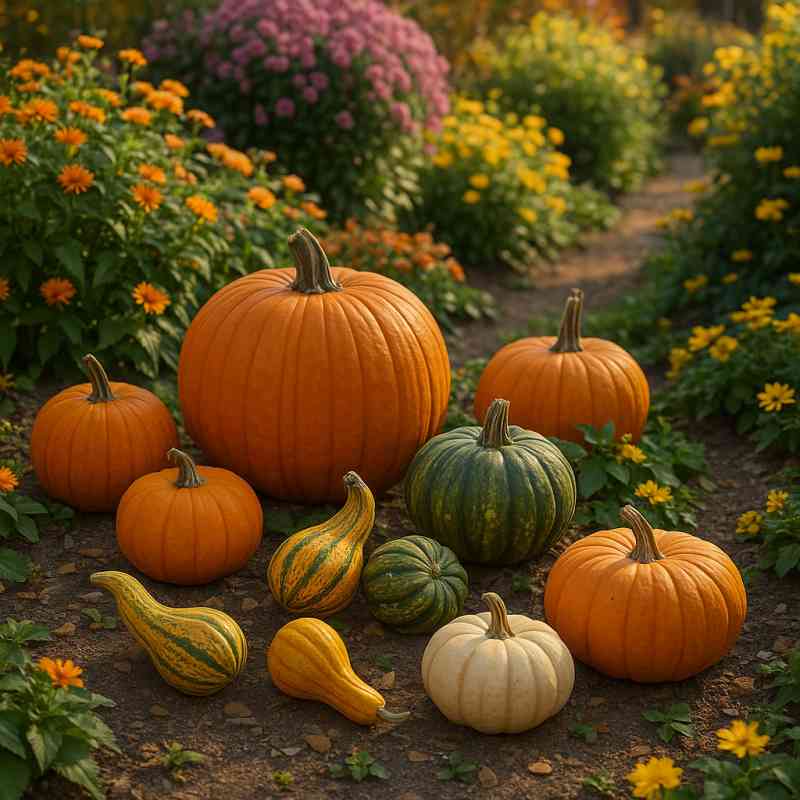
Pumpkins and gourds aren’t just for Halloween—they’re fantastic natural décor pieces for fall gardens. Their shapes, sizes, and colors add rustic charm when scattered along pathways, clustered on porches, or nestled among flower beds.
Mixing traditional orange pumpkins with white or striped varieties creates visual variety. Combined with hay bales, cornstalks, or autumn flowers, they instantly give your garden a festive seasonal feel.
11. Plant Late-Season Perennials

Late-blooming perennials like asters, sedum, and echinacea ensure your garden doesn’t lose steam when summer flowers fade. These hardy plants provide bursts of color just as other blooms are winding down.
They also serve as vital food sources for pollinators stocking up before winter. Once established, they return year after year with little maintenance, making them both beautiful and practical.
12. Grow Herbs Indoors or Out

Cooler weather is perfect for growing herbs like parsley, thyme, and chives. They thrive in pots outdoors during fall but can also be brought indoors for year-round use.
Having fresh herbs near your kitchen is both convenient and rewarding. Whether you’re seasoning soups or drying them for winter teas, fall herb gardening is an easy way to extend your harvest.
13. Create a Leaf Compost Bin

Autumn leaves are garden gold, and instead of bagging them up, you can turn them into rich compost. A simple bin or wire cage filled with shredded leaves will naturally break down over time.
By spring, you’ll have nutrient-packed leaf mold that improves soil texture and moisture retention. This eco-friendly practice recycles seasonal waste while giving your garden a free fertility boost.
14. Try Raised Bed Planting
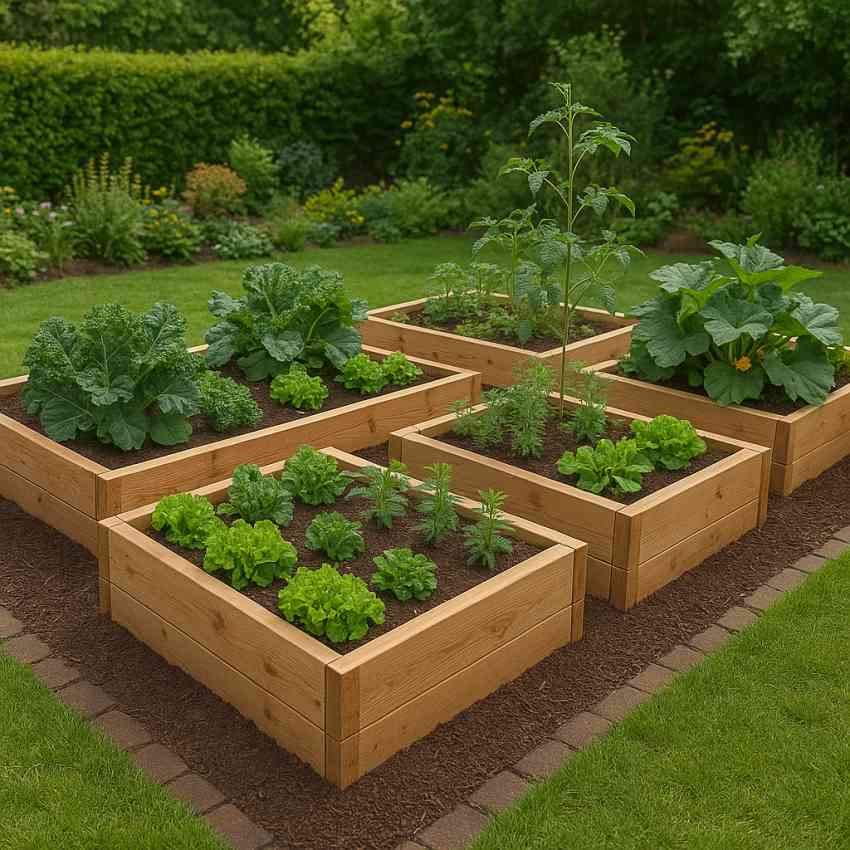
Raised beds are especially useful in fall gardening because they drain well and retain warmth, extending the growing season for greens and root vegetables. They also make planting and harvesting easier by reducing the need to bend.
Fall is a good time to build or refresh raised beds. Once prepared with nutrient-rich soil and compost, they’ll be ready to support not only fall crops but also early spring plantings.
15. Add Autumn Containers
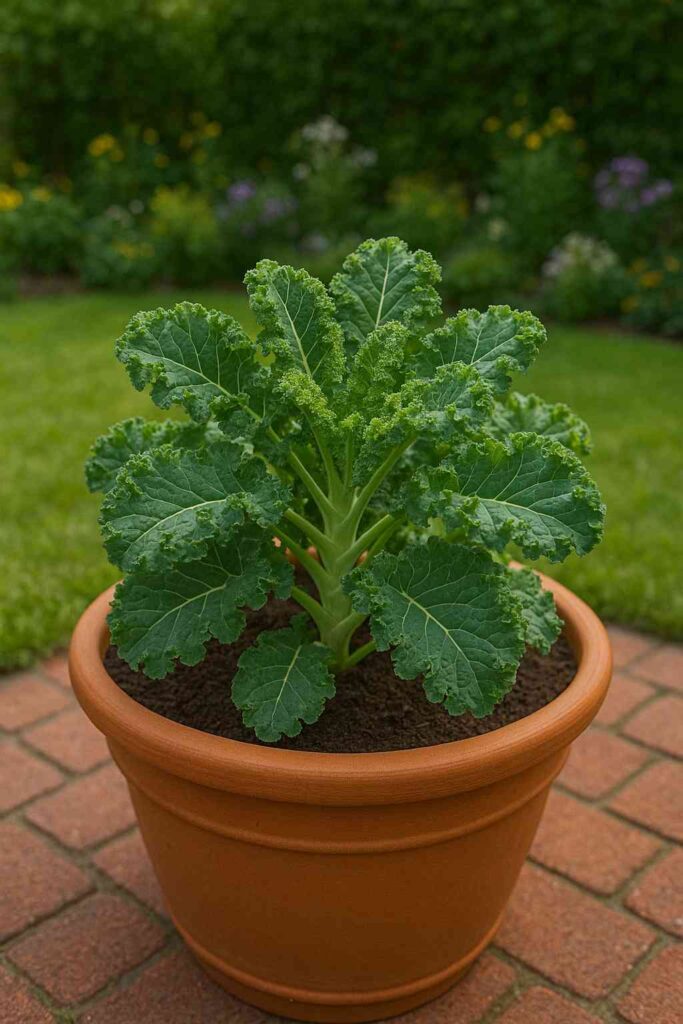
Containers are an easy way to refresh your outdoor space with fall flair. Fill them with mums, ornamental kale, trailing ivy, or small pumpkins for instant seasonal charm on porches, patios, or entryways.
Using rustic pots, wooden crates, or even hollowed-out pumpkins makes displays more eye-catching. Grouping different container sizes together creates depth and visual interest that can carry your garden right through to the holidays.
16. Incorporate Fire Pits or Outdoor Heating
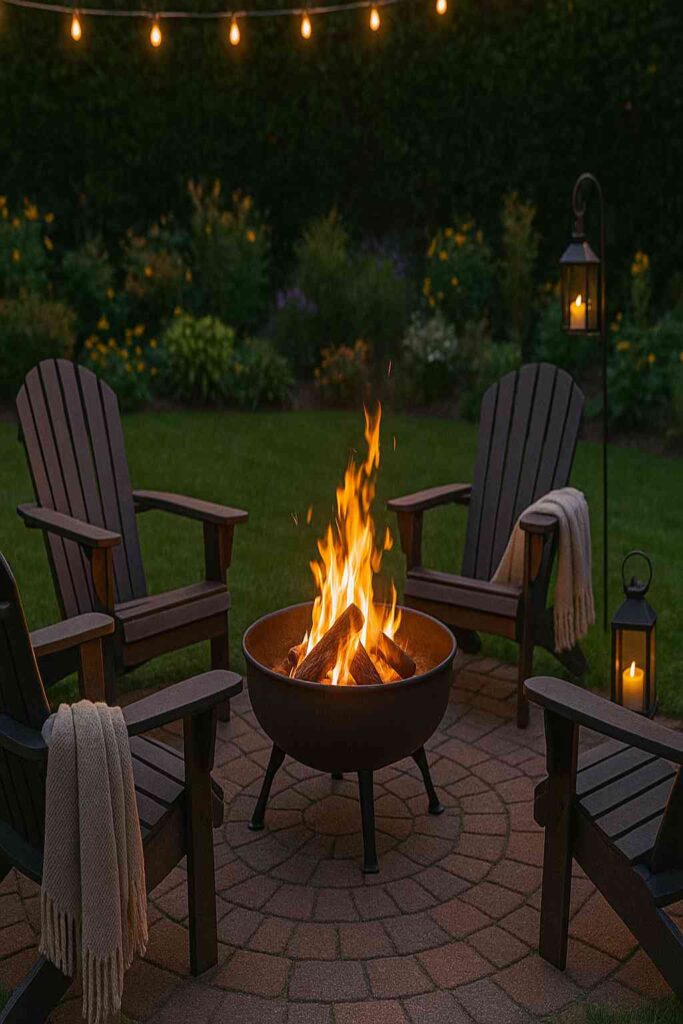
A fire pit or outdoor heater turns your garden into a cozy retreat during crisp evenings. It extends the usability of your space, allowing you to enjoy fresh air long after the sun sets.
Surrounding the fire feature with seating, blankets, and lanterns makes it even more inviting. It’s the perfect way to turn your fall garden into a gathering spot for family and friends.
17. Attract Birds with Feeders
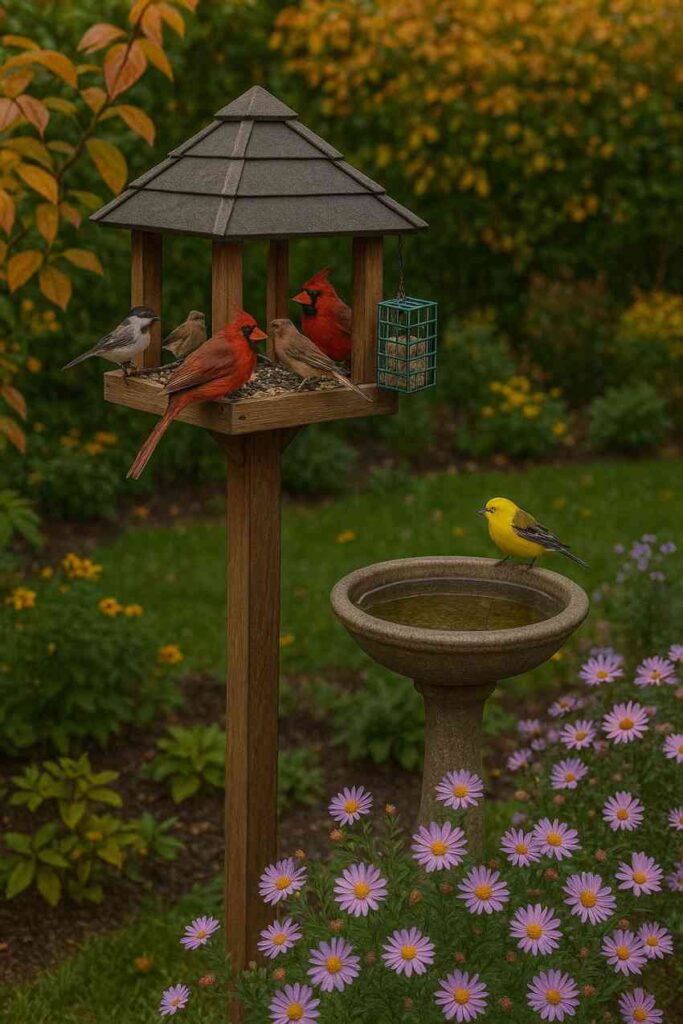
Fall is a key season for migratory birds, and setting up feeders helps support them on their journey. Sunflower seeds, millet, and suet blocks attract a wide variety of species to your garden.
In addition to being enjoyable to watch, birds naturally help with pest control by eating insects. A well-stocked feeder and a birdbath will keep your garden lively even as flowers fade.
18. Plant Trees and Shrubs

Fall is one of the best times to plant trees and shrubs because cooler weather reduces stress while soil remains warm enough for roots to establish. This gives plants a head start before spring.
Choosing varieties with colorful fall foliage or berries adds beauty now and structure for years to come. With proper watering and mulching, your fall-planted trees and shrubs will settle in quickly.
19. Decorate with Hay Bales and Cornstalks

Hay bales and cornstalks are classic elements of fall décor that bring rustic charm to your garden. They create height, texture, and a festive backdrop for pumpkins or potted mums.
Stacking hay bales at different levels makes displays more dynamic, while tying cornstalks to porch posts or fences adds vertical interest. Together, they create an unmistakable harvest-season atmosphere.
20. Add Pathway Lighting

As days get shorter, lighting becomes both practical and decorative in the fall garden. Solar lanterns, LED pathway lights, or string lights help guide the way and extend evening enjoyment.
Warm-toned lighting highlights seasonal features like pumpkins or ornamental grasses. It also adds a cozy, welcoming glow that makes your garden inviting on crisp autumn nights.
21. Grow Fall-Blooming Camellias

In mild climates, camellias bloom beautifully in late fall and early winter, producing elegant flowers when little else is flowering. Their glossy evergreen foliage adds year-round appeal.
They thrive in partial shade and provide reliable color just as other plants fade. Adding camellias ensures your garden maintains vibrancy long after the growing season ends.
22. Dry Herbs and Flowers
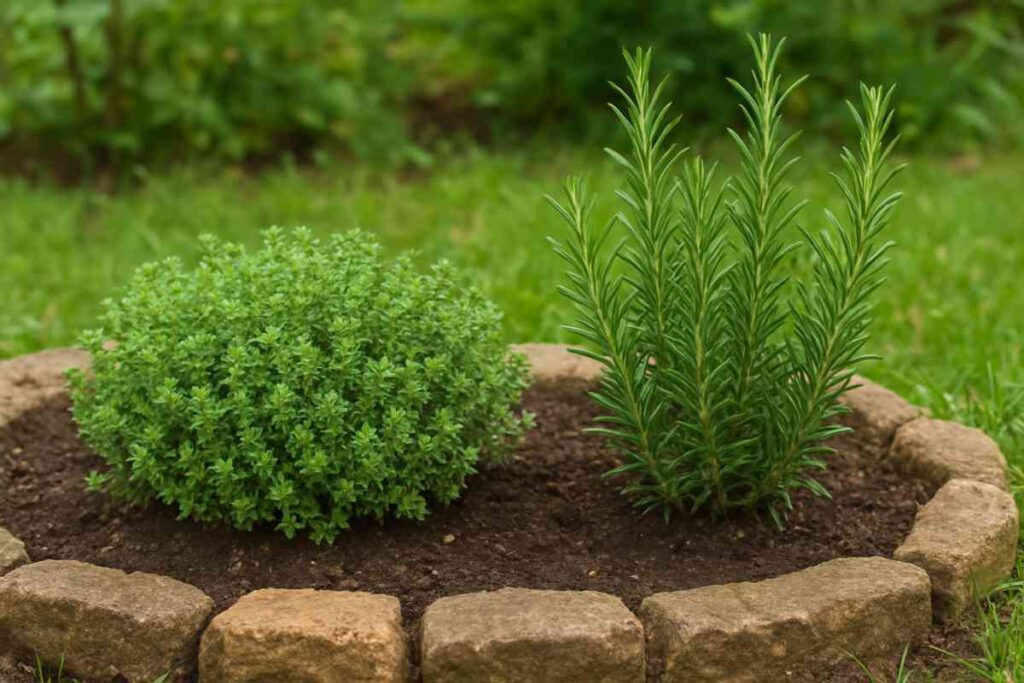
Fall is the ideal time to harvest and dry herbs like rosemary, mint, or lavender. Drying them preserves their fragrance and flavor for use in teas, cooking, or homemade gifts through winter.
Flowers like hydrangeas or statice can also be dried for arrangements and wreaths. These preserved blooms bring a touch of your fall garden indoors long after the season has passed.
23. Install Cold Frames or Row Covers

Cold frames and row covers extend your harvest by protecting plants from frost. They trap warmth during the day and hold it overnight, creating a microclimate for tender crops.
With these simple tools, you can continue growing greens, carrots, or radishes well into late fall. They’re also reusable season after season, making them a smart gardening investment.
24. Use Straw Bale Gardening
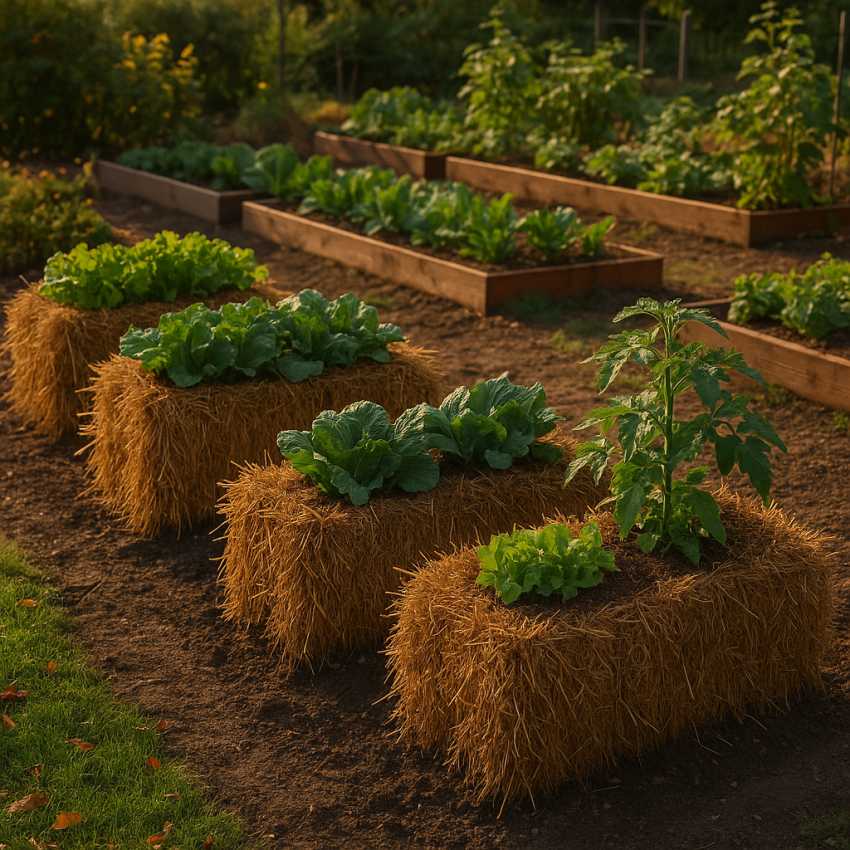
Straw bales act as natural raised beds, offering both structure and nutrition for plants. Once conditioned, they’re perfect for growing leafy greens, herbs, and even root vegetables in fall.
As the bales decompose, they enrich the soil and provide mulch for the garden. It’s a creative, low-cost method that doubles as an easy clean-up at the end of the season.
25. Make a Pumpkin Planter

Pumpkins can be transformed into festive planters by hollowing them out and filling them with soil. Add pansies, mums, or succulents for a seasonal centerpiece that looks both fun and elegant.
Once the pumpkin starts to break down, simply compost it. This project adds charm to porches, patios, or garden tables without wasting the pumpkin afterward.
26. Add Cozy Seating Areas

Cool autumn air makes time outdoors even more refreshing, especially with the right seating. Adding benches, Adirondack chairs, or hammocks creates spots to enjoy your fall garden.
Layering cushions, blankets, or outdoor rugs adds comfort and warmth. These touches transform your garden into a relaxing retreat for crisp mornings or golden-hued evenings.
27. Harvest and Preserve the Season’s Bounty

Fall harvests often bring an abundance of apples, squash, and root vegetables. Preserving them through canning, freezing, or drying ensures you’ll enjoy your garden’s rewards all winter long.
Herbs can also be dried, and late-season greens can be blanched and frozen. With a little planning, your fall garden can continue nourishing you long after the season has ended.
Conclusion
Fall gardening goes beyond extending the season—it’s about embracing change and making the most of autumn’s charm.
From cool-season crops and late blooms to pumpkins, cornstalks, and cozy lights, there are countless ways to keep your garden lively.
Blending practical care with creative touches, these 27 ideas ensure a colorful fall and a strong start to spring.

Khaja Moinuddin, a computer science graduate, finds joy in gardening and homesteading. Join him on this blog as he shares his experiences in homesteading, gardening, and composting